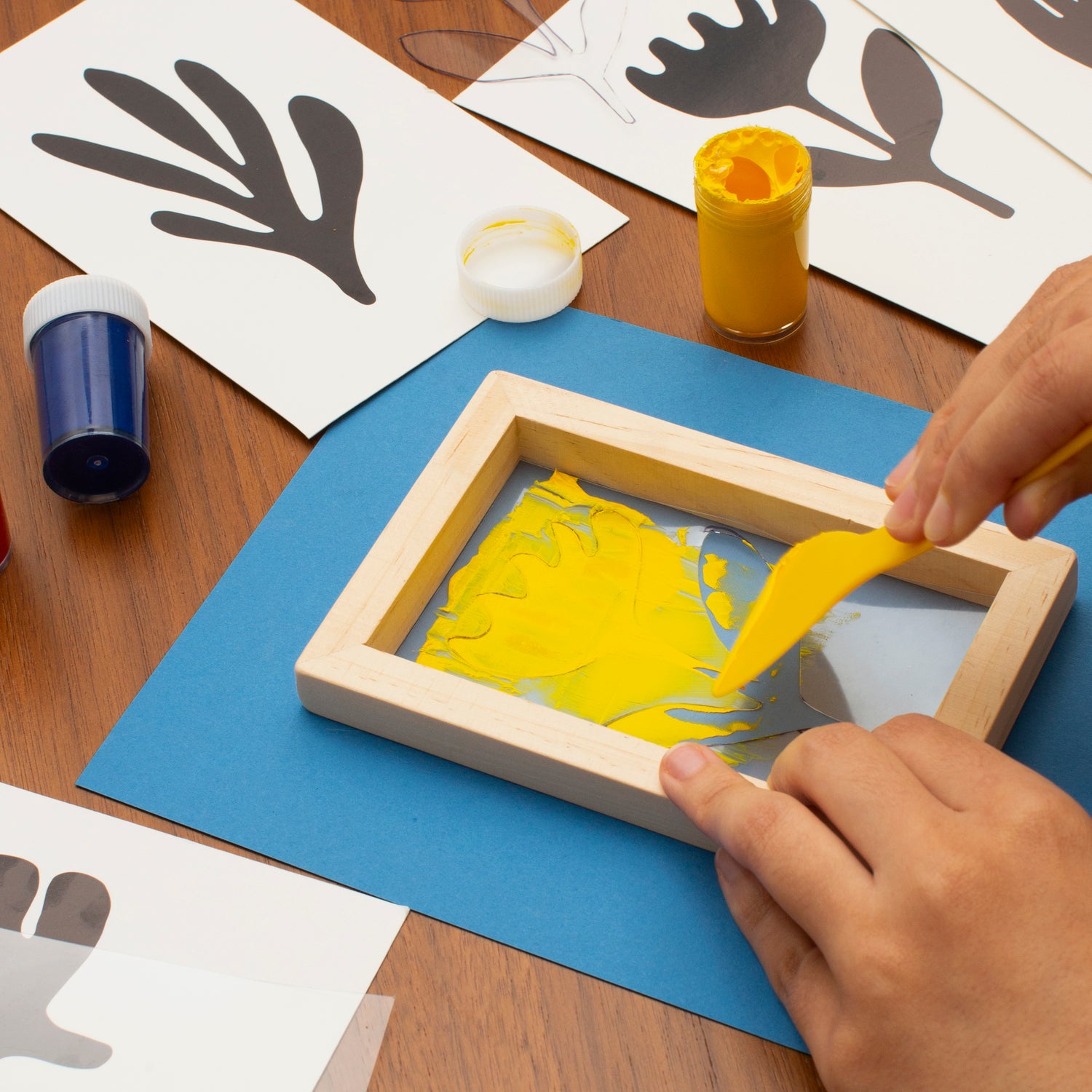The Essential Overview to Comprehending Screen Printing and Its Versatile Utilizes
Screen printing has an abundant history that goes back to old times, advancing right into an advanced method used across various industries today. This guide discovers the intricacies of the screen printing procedure, detailing its applications in home, advertising and marketing, and style decoration - 10:9 Design near me. Comprehending these fundamentals can open up creative possibility for both commercial and creative projects. The following areas will certainly expose crucial ideas and methods to boost one's screen printing ventures
The History of Screen Printing
Although screen printing has origins that trace back centuries, its advancement reflects the imaginative and technical advancements of various cultures. Coming from ancient China, the technique was initially used for decorating textiles and later spread to Japan, where it became integral to Ukiyo-e woodblock printing. The method shifted to Europe in the 18th century, where it gained appeal amongst craftsmens and business printers. The development of image solution in the 20th century reinvented screen printing, permitting more elaborate designs and greater efficiency. Musicians like Andy Warhol better thrust its appeal, utilizing the medium to produce iconic jobs that combined commercialism and art. By the late 20th century, screen printing had established itself as a functional method, utilized in vogue, advertising, and art. Today, it remains to develop, integrating electronic modern technology and expanding its applications across numerous sectors.
The Screen Printing Process Explained
Screen printing changes creative visions into substantial styles through a collection of exact steps. A photo is produced and after that transferred onto a screen, typically made of great mesh fabric extended over a frame. A light-sensitive solution is related to the screen, which is revealed to light, hardening in locations not covered by the image. After rinsing the unhardened emulsion, a pattern is formed.
Next off, the screen is placed over the substratum, whether it be textile, paper, or one more product. Ink is then pressed via the open areas of the pattern using a squeegee, transferring the design onto the substrate listed below. This process can be repeated for numerous colors, calling for separate screens for each and every shade. Ultimately, the printed thing is healed using heat to ensure the ink adheres correctly, causing a resilient, lively style prepared for usage.
Kinds of Screen Printing Techniques

In addition, specialty click this methods, such as discharge screen printing, remove color from the textile to produce softer prints, while aluminum foil screen printing applies metal foil to accomplish a glossy finish (10:9 Design Abilene). Each method offers unique features, accommodating different imaginative needs and production ranges, ultimately broadening the opportunities within the screen printing domain name
Applications of Screen Printing in Various Industries

Furthermore, the signs and advertising industries use screen printing for developing appealing display screens and banners. This method permits strong shades and detailed designs that capture interest. In electronic devices, screen printing is used for using conductive inks to circuit boards, vital for element links. The home decoration sector welcomes screen printing to generate unique styles on textiles and wall art. In general, screen printing works as a vital device throughout diverse fields, improving products with personalized and visually appealing graphics.
Tips for Successful Screen Printing Projects
While undertaking a screen printing project, mindful focus to information can substantially boost the last result. First, selecting premium materials is important; this includes the screen, inks, Check This Out and substratums. Making use of ideal mesh matters can impact ink deposition and detail resolution. Prep work is similarly essential; comprehensive cleaning of displays and appropriate exposure times assure crisp prints.
Next off, accurate enrollment is essential for multi-color prints. Making use of positioning tools can help attain exact layering. Furthermore, screening prints on scrap products prior to production aids identify potential problems without squandering sources.

Frequently Asked Questions
What Products Are Ideal for Screen Printing on Textile?
Cotton and polyester blends are excellent for screen printing on textile as a result of their longevity and ink absorption. In addition, specialized textiles like silk or canvas can generate special structures and surfaces, improving the overall design high quality.
How Do I Clean and Maintain Screen Printing Tools?
To maintain and cleanse screen printing tools, one must on a regular basis wash screens with ideal solvents, check squeegees for wear, oil relocating parts, and shop all products in a dry, dust-free setting to extend their life expectancy.
What Are the Ecological Effects of Screen Printing?
Screen printing can have significant ecological effects, including chemical waste from solvents and inks, water usage during cleansing processes, and power usage. Environmentally friendly materials and lasting methods are necessary for reducing these negative results.
Can Screen Printing Be Done in your home Effectively?
Screen printing can be successfully done at home with the right products and techniques. Hobbyists can develop quality prints, though success relies on their skill degree, equipment, and understanding of the procedure involved.
What Are the Expenses Associated With Beginning a Screen Printing Organization?

Beginning a screen printing organization involves costs for devices, products, and work space. Initial expenses normally range from a few hundred to several thousand bucks, depending on the scale, high quality of machinery, and preferred manufacturing capacity.
Screen printing has an abundant background that dates back to old times, progressing right into an innovative strategy made use of throughout numerous sectors today. An additional strategy, rotating screen printing, utilizes cylindrical screens, assisting in constant printing on material rolls, consequently improving effectiveness for massive productions. Additionally, specialty strategies, such as discharge screen printing, get rid of color from the material to produce softer prints, while foil screen printing applies metal aluminum foil to accomplish a shiny finish. In the style field, screen printing is extensively utilized to produce dynamic designs on garments, making it possible for brand names to showcase their unique designs. Cotton and polyester blends check my site are excellent for screen printing on textile due to their longevity and ink absorption.